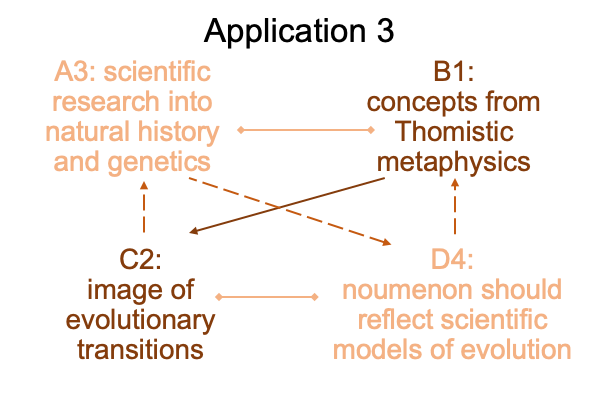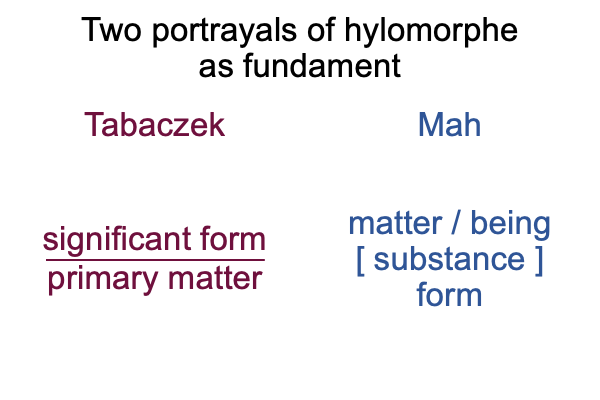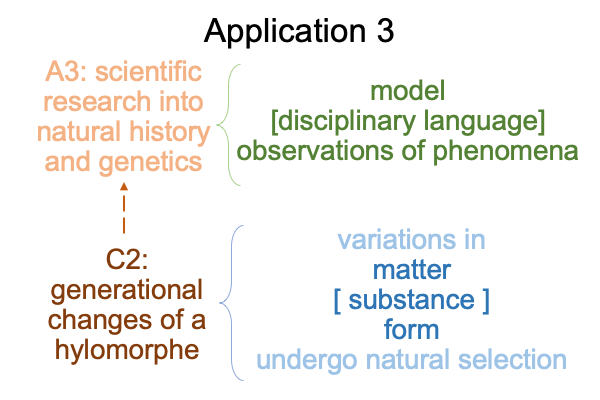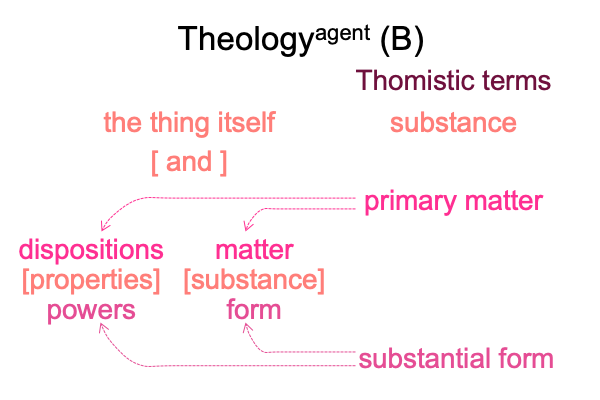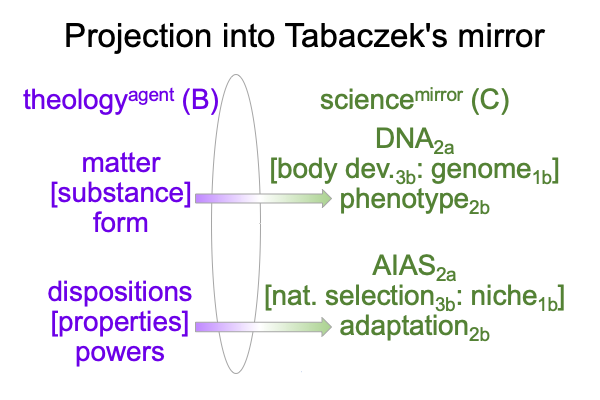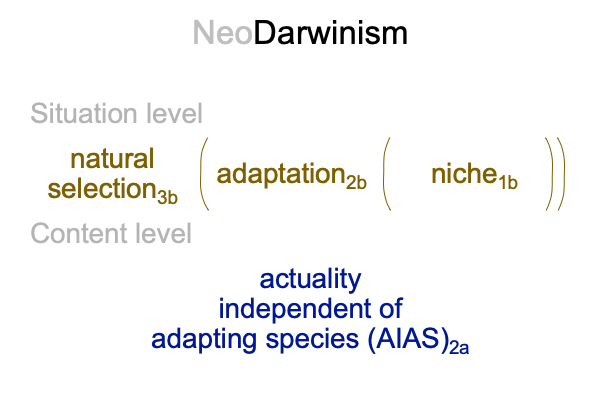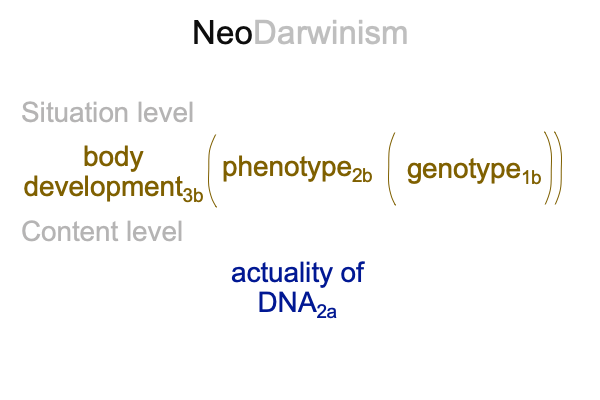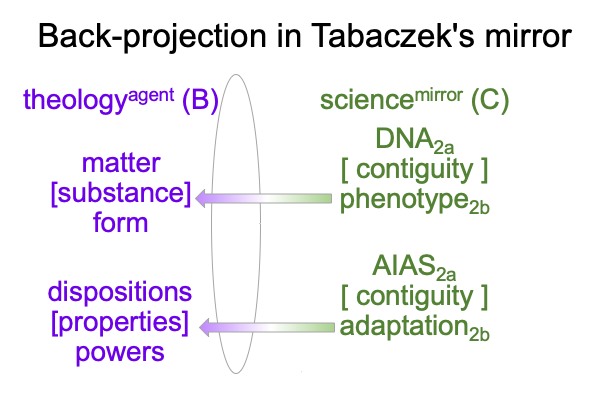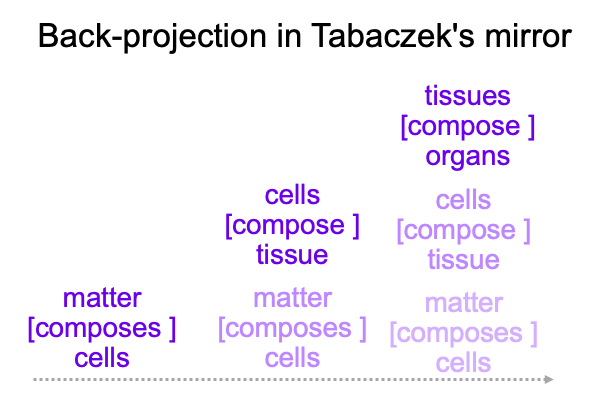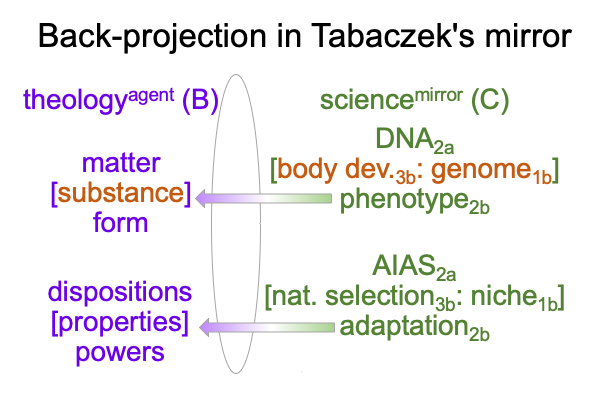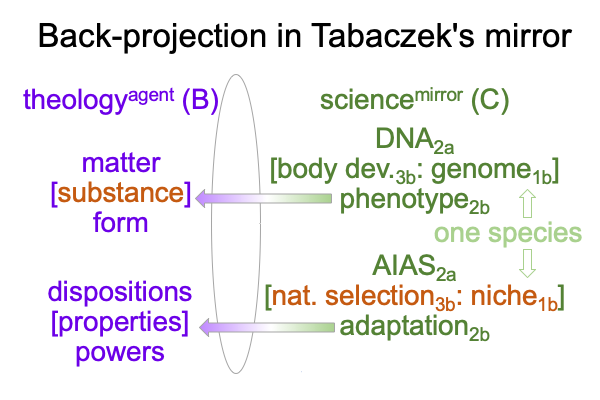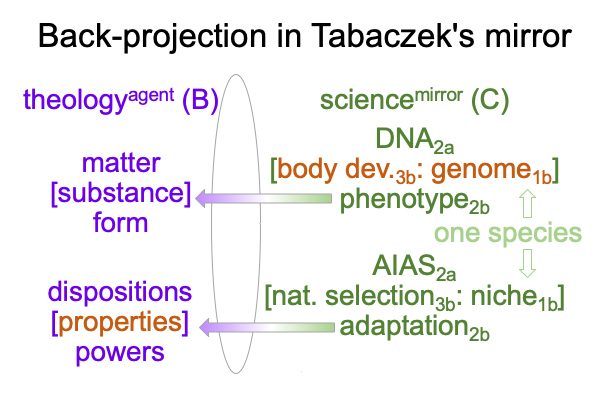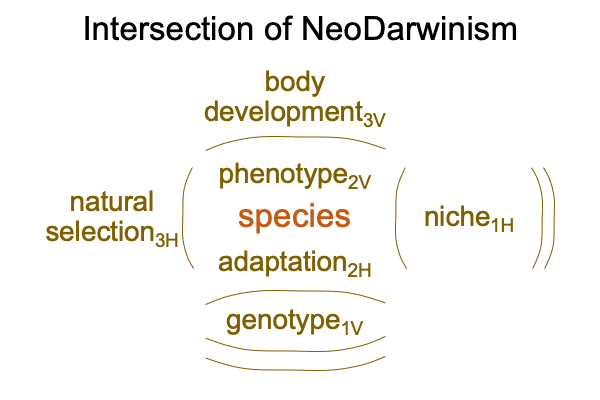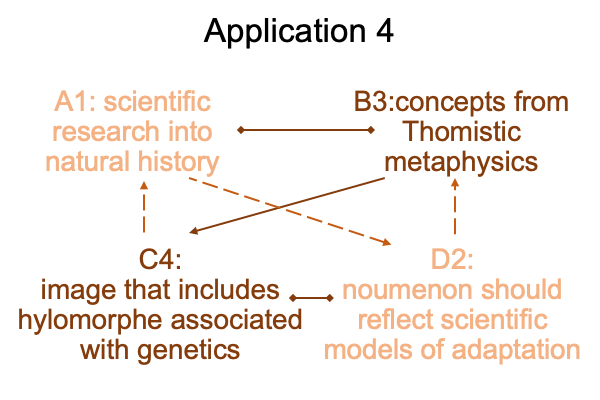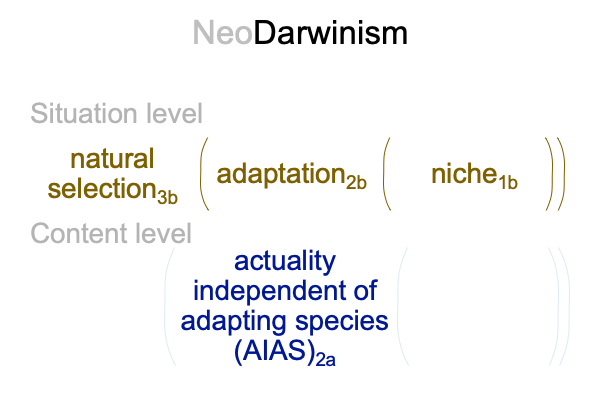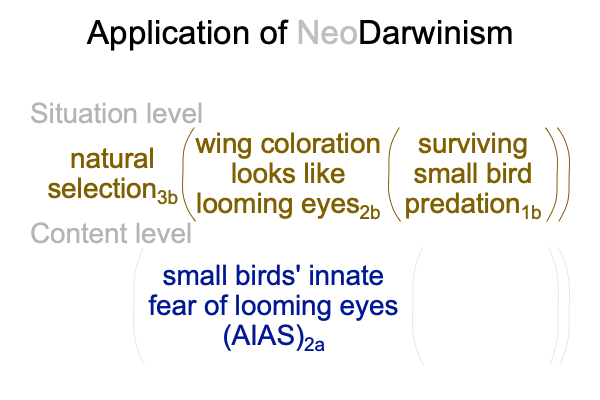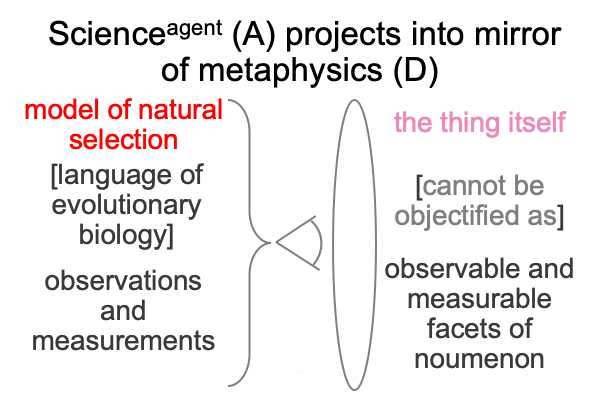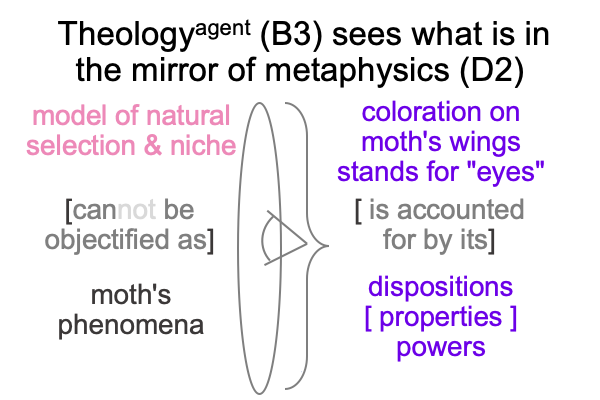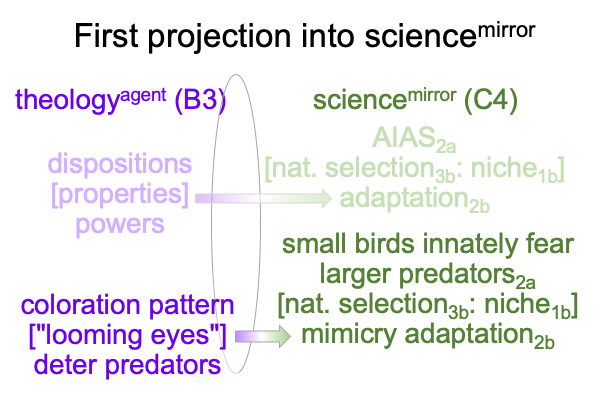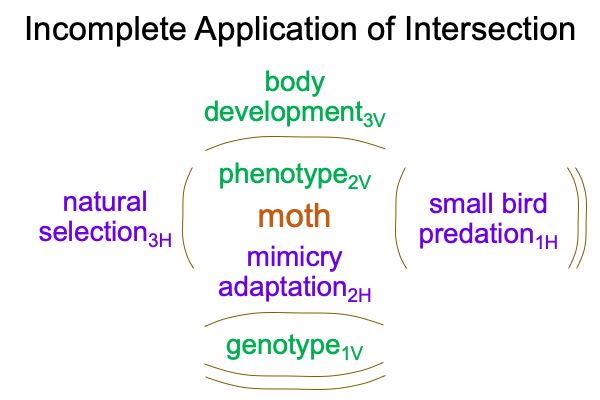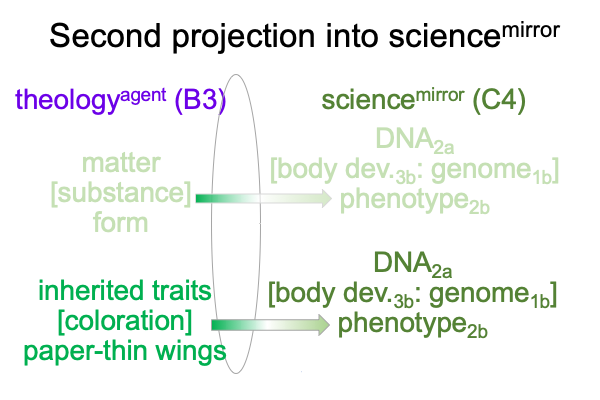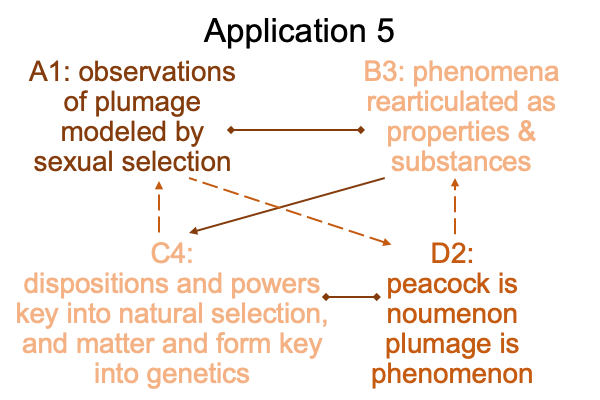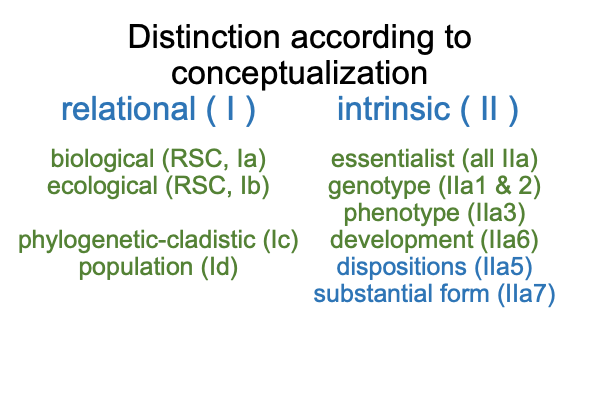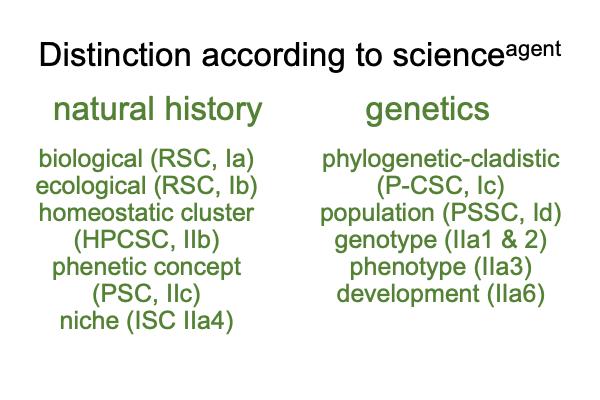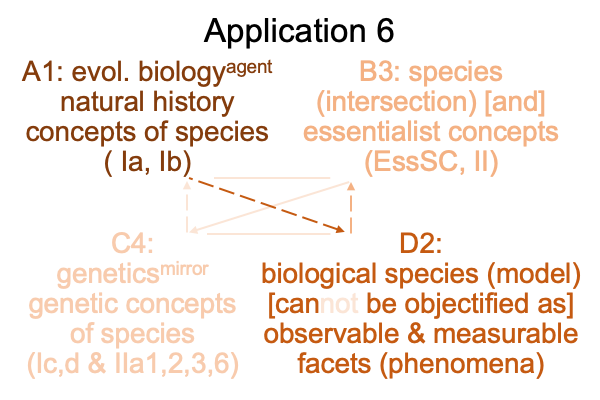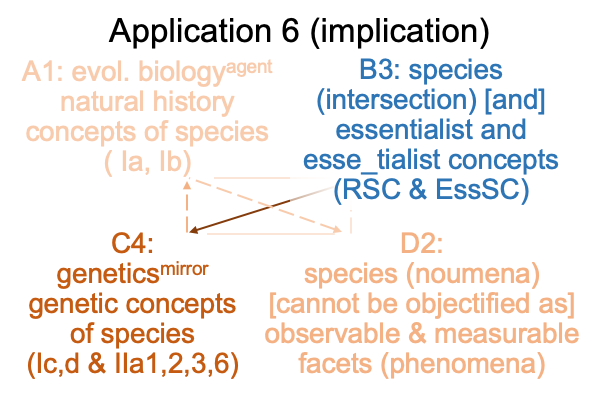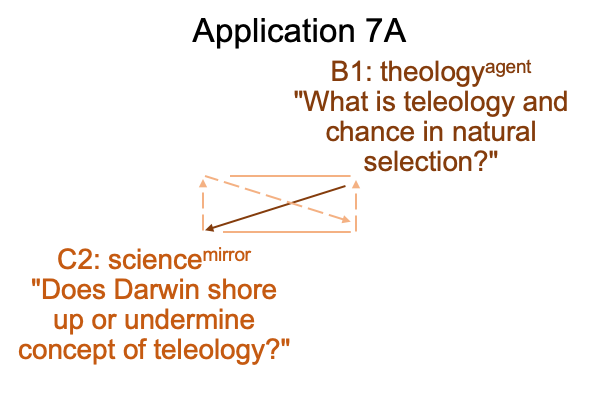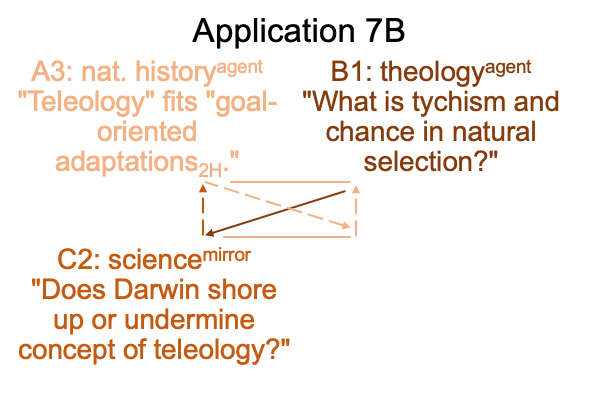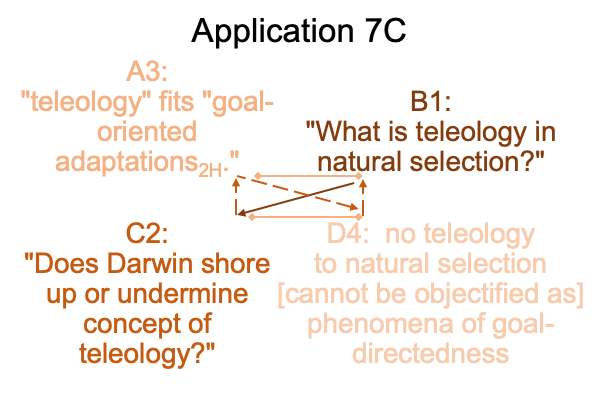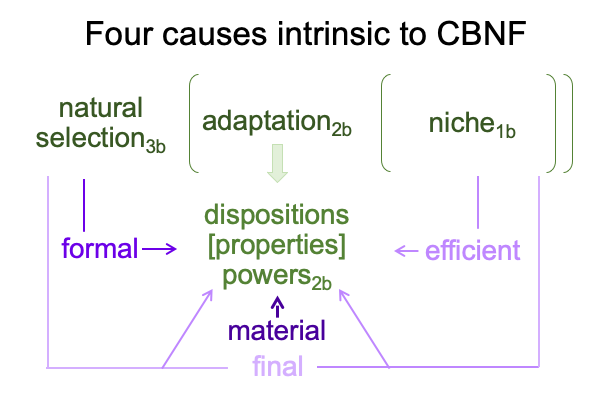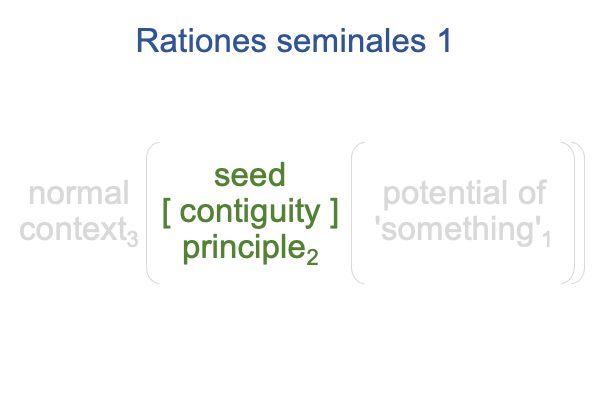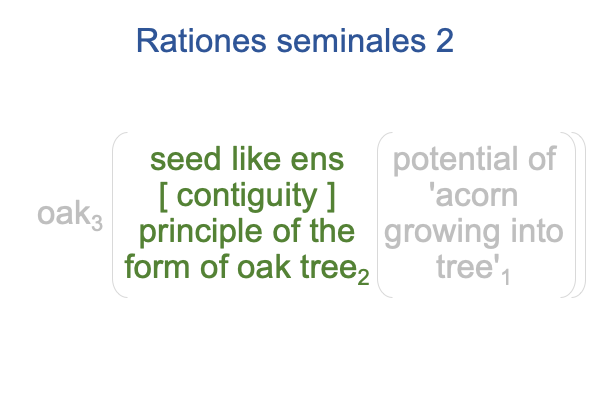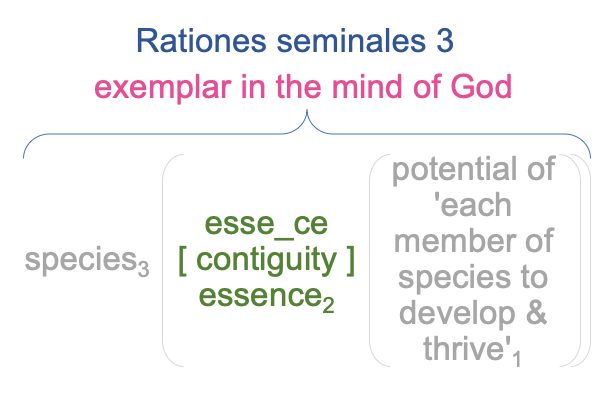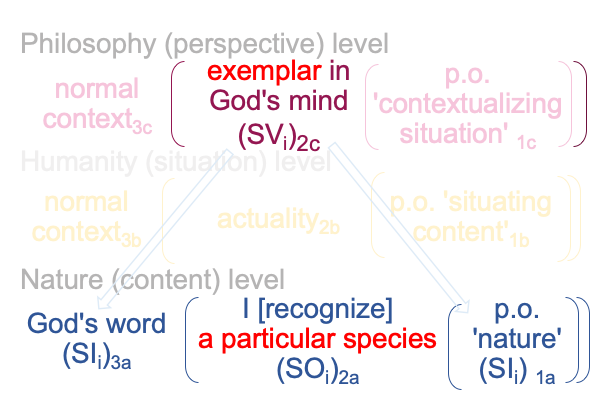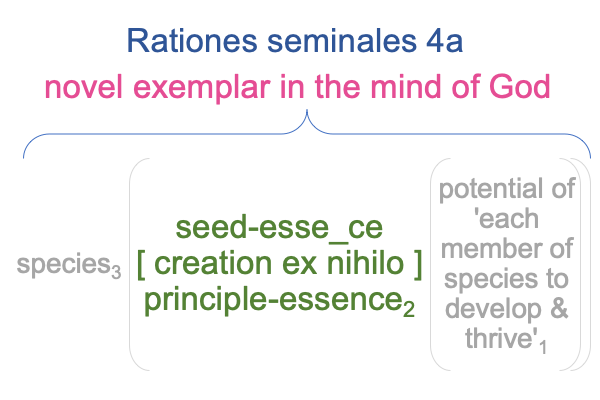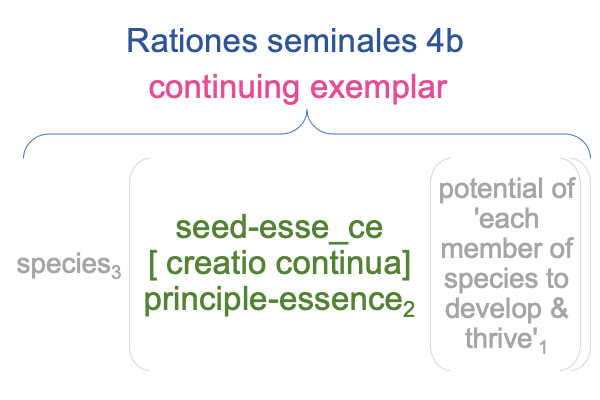Looking at Mariusz Tabaczek’s Book (2024) “Theistic Evolution” (Part 2 of 21)
0659 Now comes the treat.
These four elements conform to a purely relational structure called the Greimas square. The Greimas square is useful for appreciating the nature of spoken words as placeholders in a system of differences. How so? The Greimas square is a system of differences, following specific rules, and providing useful insight when the rules are followed.
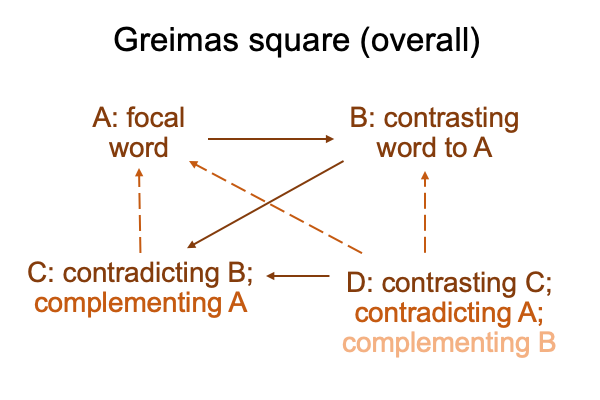
0660 Here are the rules.
The focus is A. A corresponds to scienceagent.
B contrasts with A. B corresponds to theologyagent.
C stands against B. Here, sciencemirror stands as an image of how the theologyagent sees himself or herself in um… the mirror of science. Plus, C complements A, in so far as scienceagent can see what is in sciencemirror. This will be confusing, since sciencemirror (C) reflects theologyagent (B).
D contrasts with C. Theologymirror contrasts with sciencemirror. Plus, D stands against A, in so far as theologymirror stands as an image of how scienceagent sees himself or herself in (I suspect that this sounds redundant) the mirror of theology. Also, D complements B, in so far as theologyagent can see what is in the mirror of theology. So, remember, theologymirror (D) reflects scienceagent (A).
0661 Here is a picture.
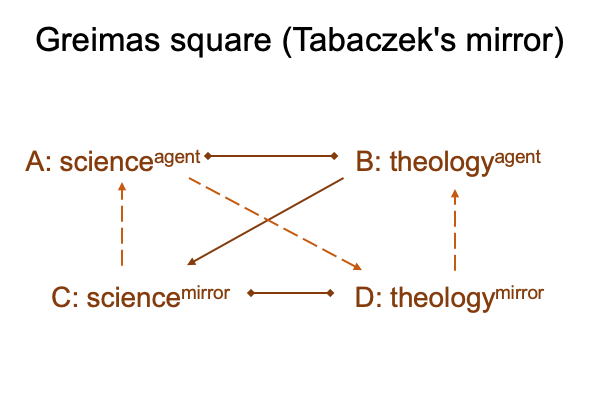
0662 So, let me start with the first application.
Note the sequence to the flow within the following Greimas square (1 to 4).
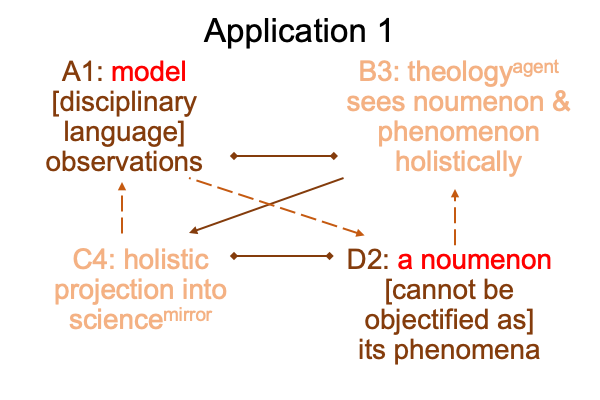
0663 The scienceagent (A1) knows that his side of Tabaczek’s mirror is real, corresponding to what ought to be for the former Positivist’s judgment. Models are more real than noumena, the things themselves.
When the agent of science (A1) looks into the mirror of theology (D2), he sees what is for the former Positivist’s judgment (D2). To him, this is a distorted image of himself, as a scientist who studies phenomena (D2). But, to the theologyagent (B3) this is a clever way to bundle metaphysics into the noumenon, allowing scientists to observe and measure phenomena unhindered. Or, should I say, “unhinged”?
0664 When the agent of theology (B3) sees what is in theologymirror (D2), he constructs a holistic version of the encounter. After all, phenomena are expressions of their noumenon, either in terms of dispositions and powers or in terms of matter and form. These pairs of real elements may be expressed as hylomorphes and correspond to Peirce’s category of secondness.
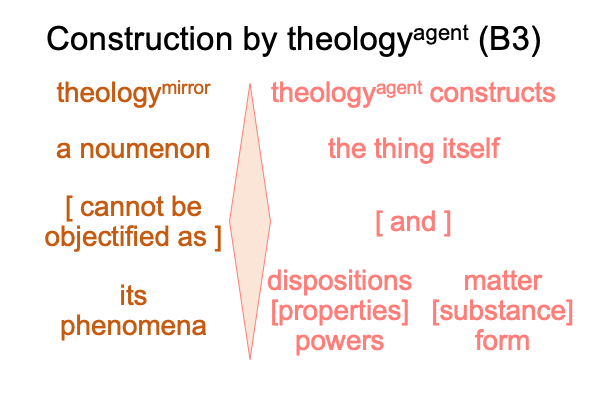
0665 Then, the light of the illumination of the construction of the theologyagent (B3) falls on the mirror of science (C4). The theologyagent may imagine that his reflected image (C4) is multidimensional, open-minded, and comprehensive (say nothing of comprehensible).
0666 When the scienceagent (A5) regards the image in sciencemirror (C4), he thinks, “What bullshit.”
0667 Here is a second application, using key works in various titles.
In particular, the title of section 6.4 is “Theistic Evolution” versus “Evolutionary Creation”.
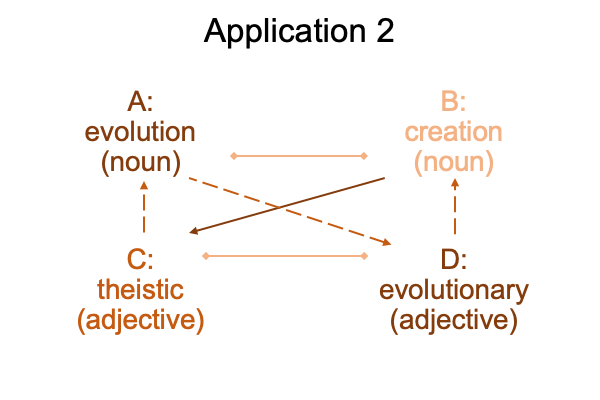
0668 This one is obvious.
The agent of the evolutionary sciences (A) sees an evolutionary image of himself in the mirror of theology (D).
An agent of theology (B) sees a theistic image of himself in the mirror of science (C).
0669 All in all, the Greimas square does a fairly good job at portraying the optics of Tabaczek’s mirror.
Yes, Tabaczek’s mirror is all about optics.

